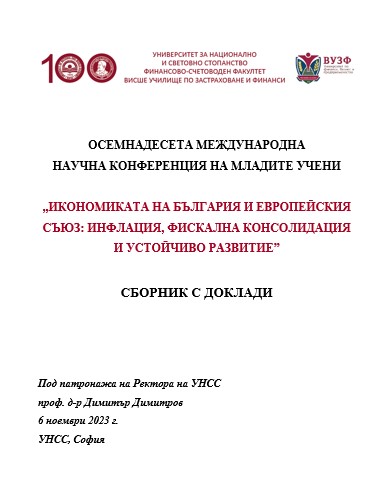Central Bank Structure and Functions – Federal Reserve, European Central Bank and Bulgarian National Bank
Central Bank Structure and Functions – Federal Reserve, European Central Bank and Bulgarian National Bank
Author(s): Lidia Nanova
Subject(s): Politics / Political Sciences, Politics, Economy, National Economy, Supranational / Global Economy, Business Economy / Management, Government/Political systems, EU-Approach / EU-Accession / EU-Development, Financial Markets
Published by: Университет за национално и световно стопанство (УНСС)
Keywords: Central Bank; Federal Reserve System; European Central Bank; Bulgarian National Bank; Monetary Policy
Summary/Abstract: A central bank is an institution that oversees and regulates the banking system and controls the monetary base. The most important function of any Central Bank is to undertake monetary control operations. There are three key goals of modern monetary policy. The first and most important is price stability or stability in the value of money. The second goal is a stable real economy, often interpreted as high employment and high and sustainable economic growth. The third goal is financial stability. The Fed was created on December 23, 1913. It is the central banking system of the United States of America. European Central Bank was established on 1 June 1998, located in Frankfurt, Germany. The European Central Bank (ECB) is the prime component of the Eurosystem and the European System of Central Banks (ESCB) as well as one of seven institutions of the European Union. Bulgarian National Bank was established on 25 January 1879, located in Sofia, Bulgaria. From January 1, 2007, with the accession of the Republic of Bulgaria to the EU, the BNB became part pf the European System of Central Banks (ESCB).
- Page Range: 518-528
- Page Count: 11
- Publication Year: 2024
- Language: English
- Content File-PDF

